Tire Feathering: Causes, Symptoms and Fixes
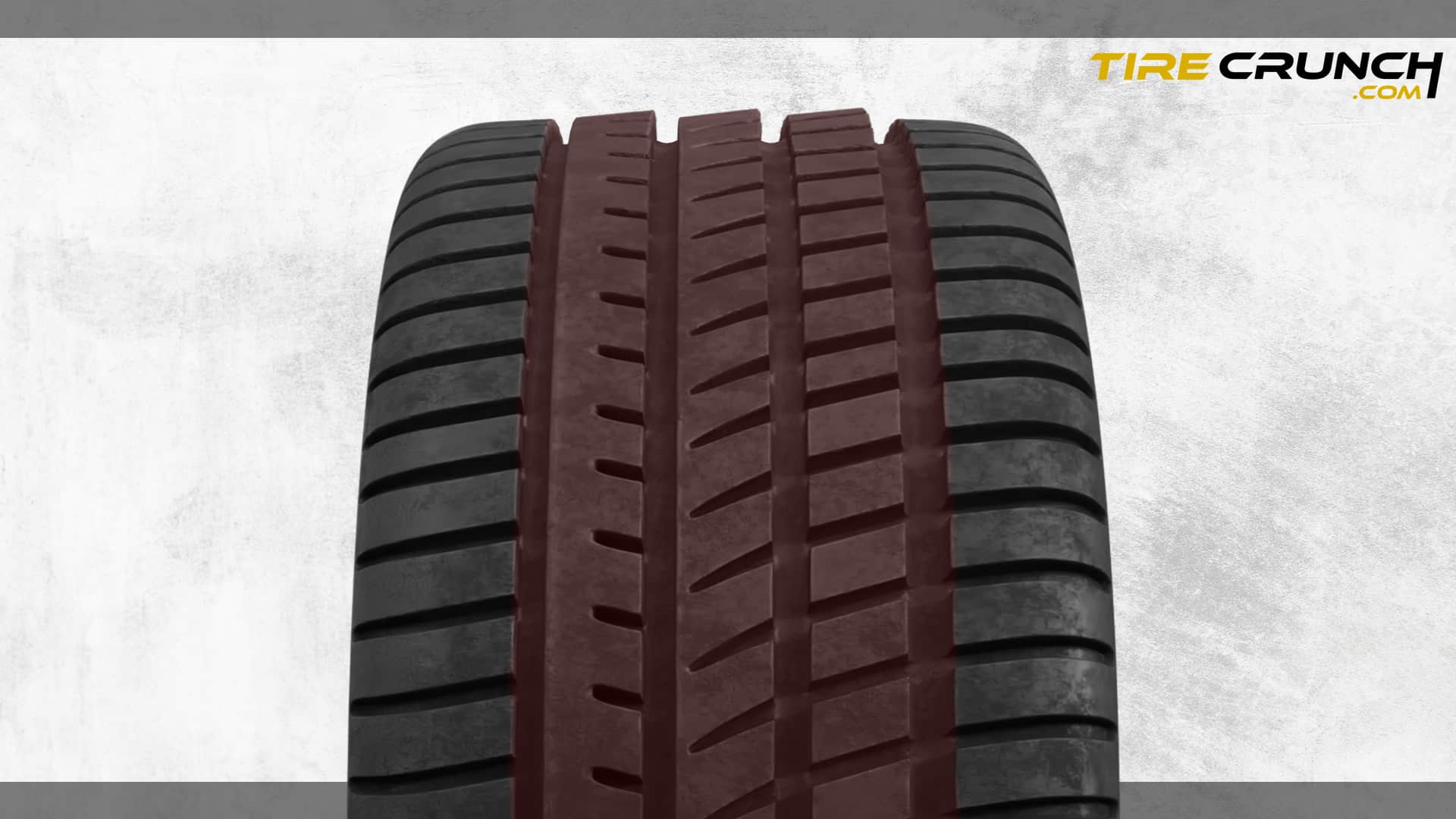
Tire feathering can cause serious handling problems for your vehicle and should be addressed immediately. It is an issue that can happen when a tire wears down at an angle due to bad wheel alignment or worn-out suspension components.
In this article, we will explore the causes and signs of tire feathering, how to prevent it, and how to fix it. We will also look at the difference between tire feathering and tire cupping.
Key Takeaways
What causes tire feathering?
Feathering is often caused by an issue with your vehicle’s suspension. When the toe-in / toe-out of your wheels is out of specification, you may experience tires scuffing against each other, resulting in uneven wear.
Additionally, damaged bushings or ball joints can cause caster, camber, and/or toe angles to change while driving which could contribute to tire feathering.
Toe-In Feathered Tires
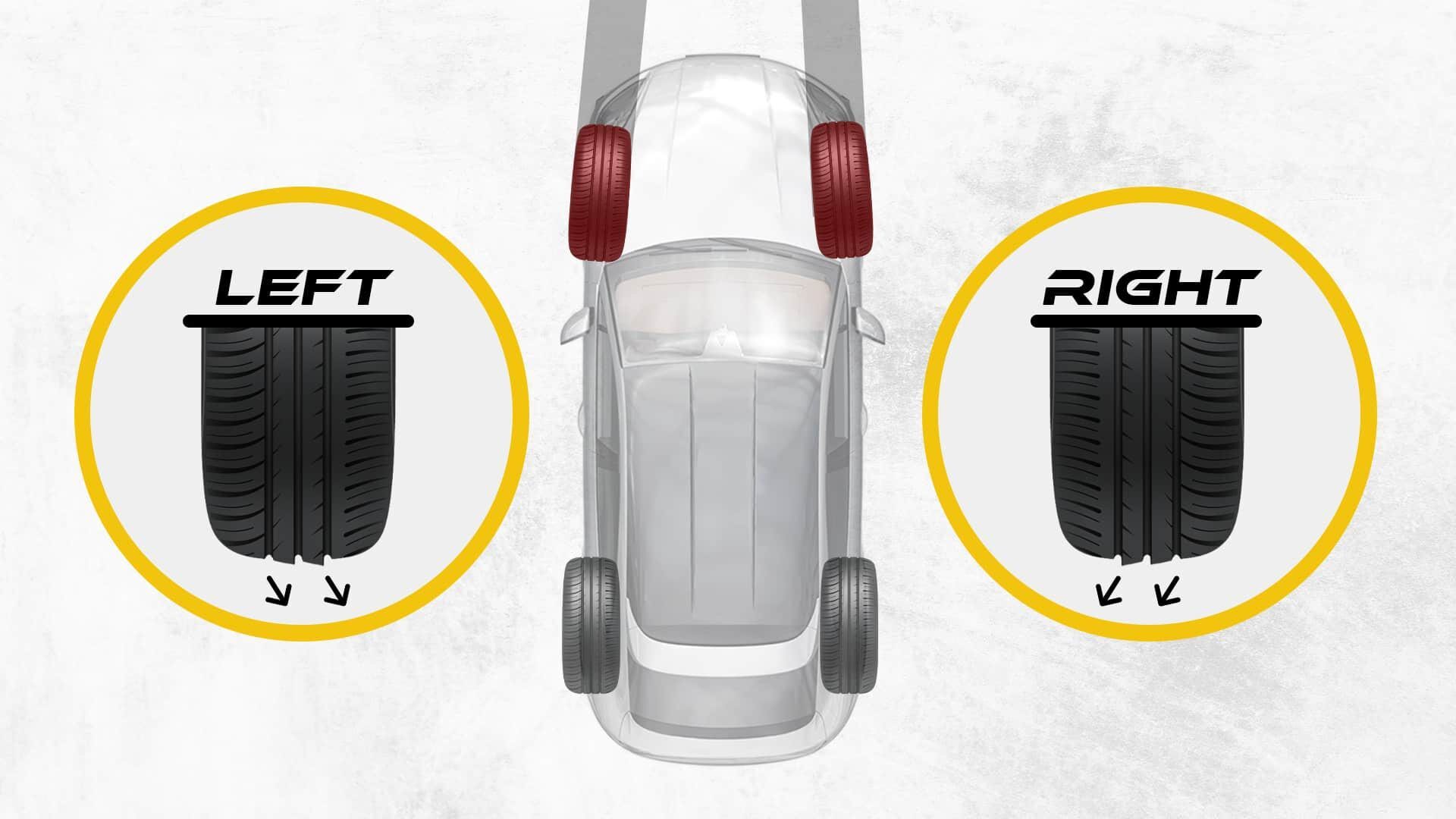
Toe-Out Feathered Tires
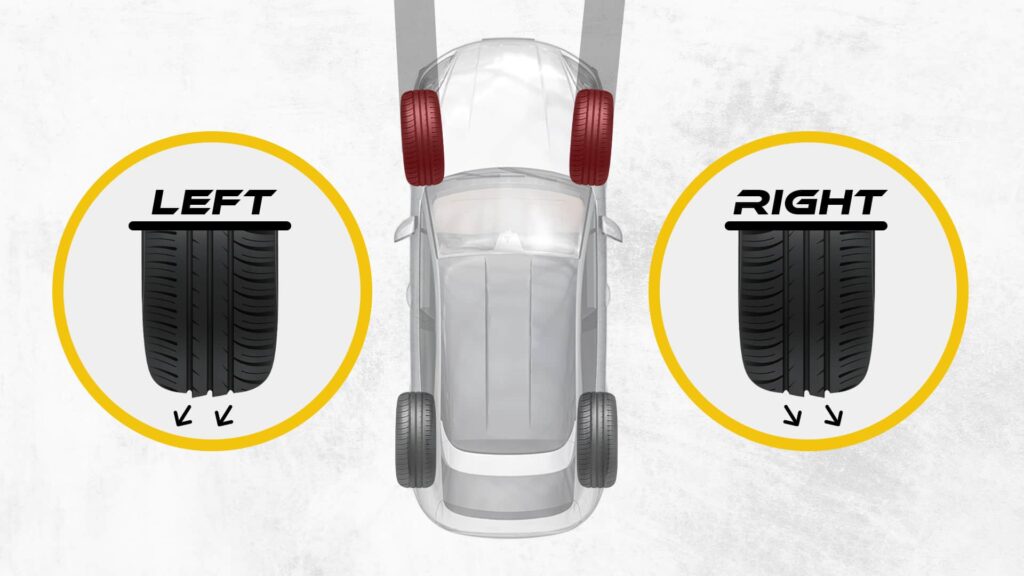
Signs of tire feathering
When checking for uneven tire wear, it is important to note any feathered or smooth spots on the tires.
Is Tire Feathering Bad?
Feathered tires can be a sign of more than just uneven wear – they could also be an indication of deeper problems within the vehicle.
If you notice any feathered tires on your car, it’s important to take notice and look for other issues such as faulty ball joints, worn shocks/struts or broken bushings which may be causing the toe to change while driving.
Remember, your tires are one of the most essential safety components in your car, so make sure they are in optimal condition by addressing feathering at its first signs.
Preventing Tire Feathering

If you notice any signs of tire feathering early on, it’s important to take action right away. You may be able to reverse the uneven tire wear with a proper alignment and inspection of the suspension components that caused the misalignment.
But if the feathering is severe enough, you may need to replace both the tires and any worn suspension components.
Regular tire rotations and balance can help you get the most out of your tires. Keeping up with a regular alignment schedule, as outlined in your vehicle's owner's manual, is also a great way to ensure that you tires are wearing properly and evenly.
Have your tire service professional inspect the tires when they’re removed from the car for any signs of uneven or irregular wear, and be sure to address any issues that arise quickly.
Tire Feathering Fix
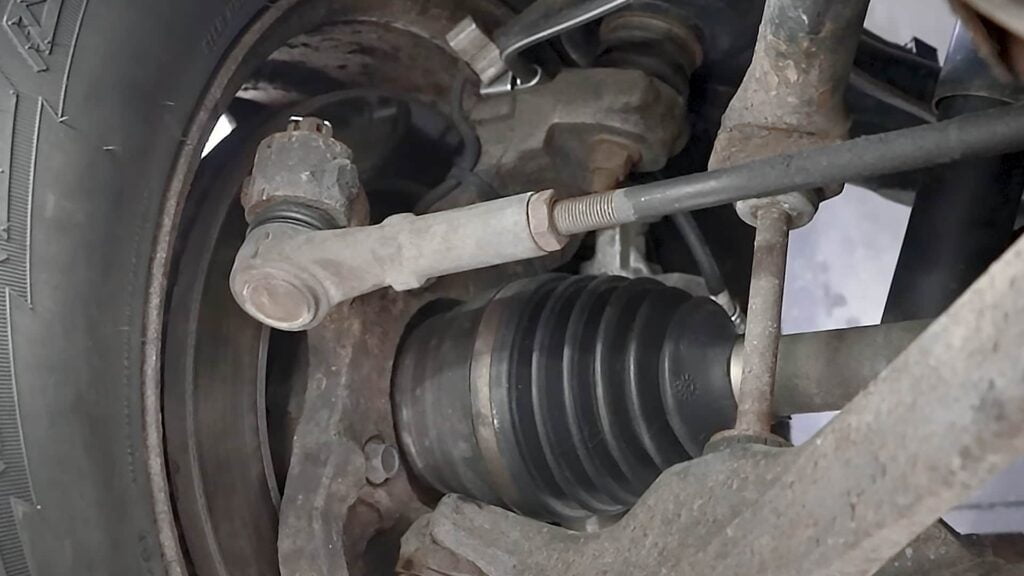
Keeping your car’s wheel alignment in top shape is essential for avoiding uneven tire wear, such as feathered tires. And while a proper alignment may be enough to prevent this on newer vehicles, it’s not always the case with older ones.
The reason is that worn bushings, or other failing suspension components, can throw off the balance of the vehicle over time.
This is why if you see uneven tire wear patterns emerging, in addition to getting your wheel alignment adjusted you should also check the condition of your car’s suspension system.
By replacing any worn bushings or other parts that have too much play you can ensure that your wheels stay put even after they’ve been set back to spec.
Will Feathered Tires Smooth Out?
If you notice minor feathered tire wear when it is still in its early stages, you may be able to resolve the issue by correcting the underlying problem.
Tire Feathering vs Tire Cupping
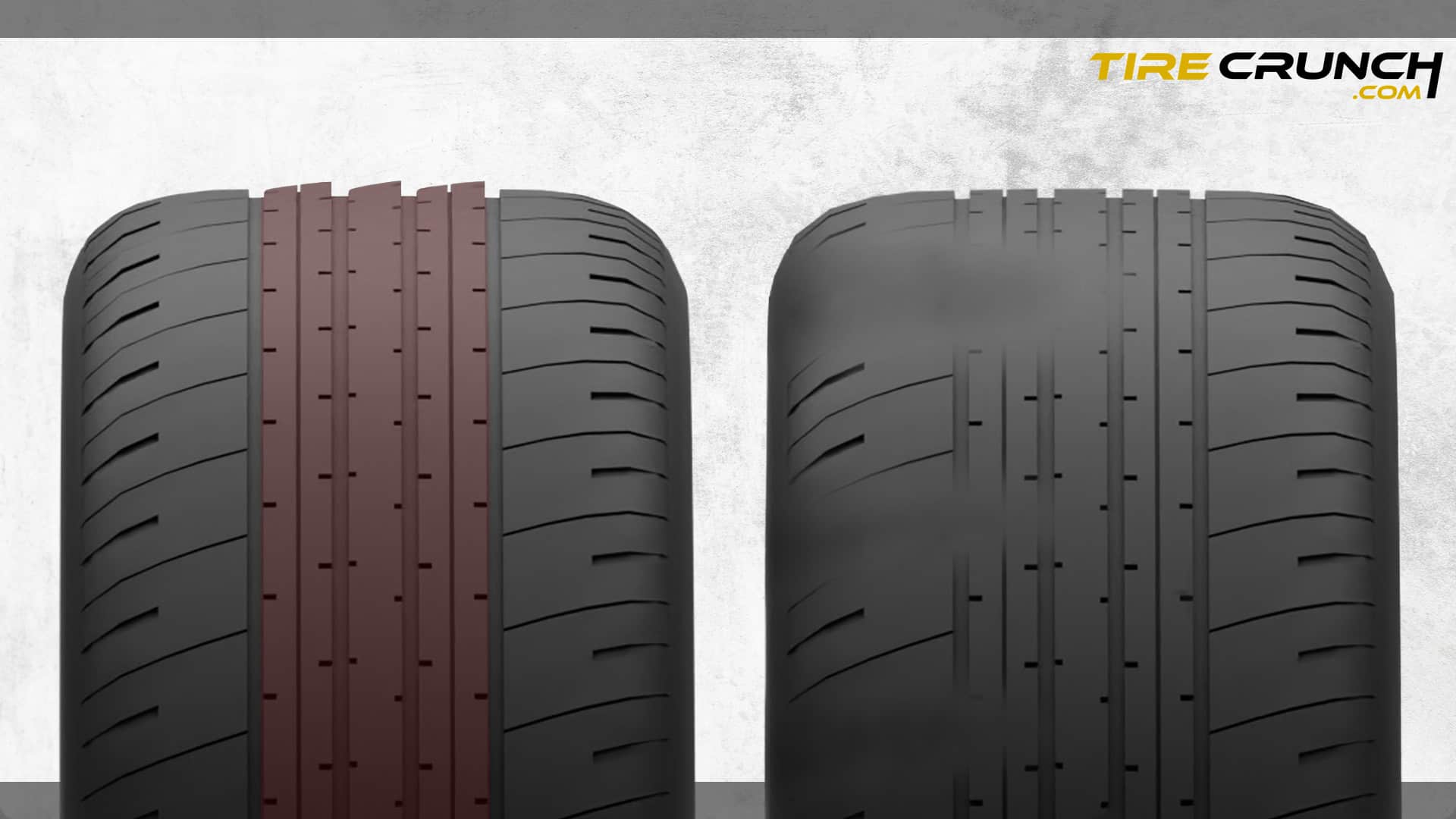
Tire Cupping is a different type of uneven tire wear pattern from that of feathering tires. It is characterized by diagonal grooves, also known as scallops, across the width of the tire tread.
Tire cupping occurs when there are high and low spots in the tread that create an uneven surface. This type of tire wear is usually caused by irregular up-and-down motions of a wheel (bouncing).
To prevent these types of tire wear, it’s important to have your wheels aligned regularly and to check your tires regularly for any signs of wear or damage.
Additionally, you should rotate your tires every 5,000 to 8,000 miles to ensure even wear across all four tires. Taking these steps will help keep your tires in good condition and extend their life.
FAQ
What Causes Rear Tires Feathering?
Feathered tires on the rear of your vehicle can often be the result of worn suspension components, such as the lower control arm bushings
Ball joints are critical components of the suspension system, and they wear out over time. Depending on the design of your control arm, you may be able to replace just the bushing, or you may need to replace the entire control arm.
Regular inspections will ensure that any worn or damaged parts can be replaced in a timely manner, which can help prevent feathered tires.
What Causes Tire Feathering On Inside Or Outside Edge?
If you notice that your tire tread is feathered only on the inside or outside edge, it could be an indication of incorrect toe alignment, as well as camber out of specification.
Negative camber will cause inner shoulder wear and positive camber will cause outer shoulder wear. For improved handling performance and traction, most vehicles are set with a slight amount of negative camber.
Worn suspension components can also cause your vehicle’s alignment settings to go out of specification, which can lead to uneven tire wear.
